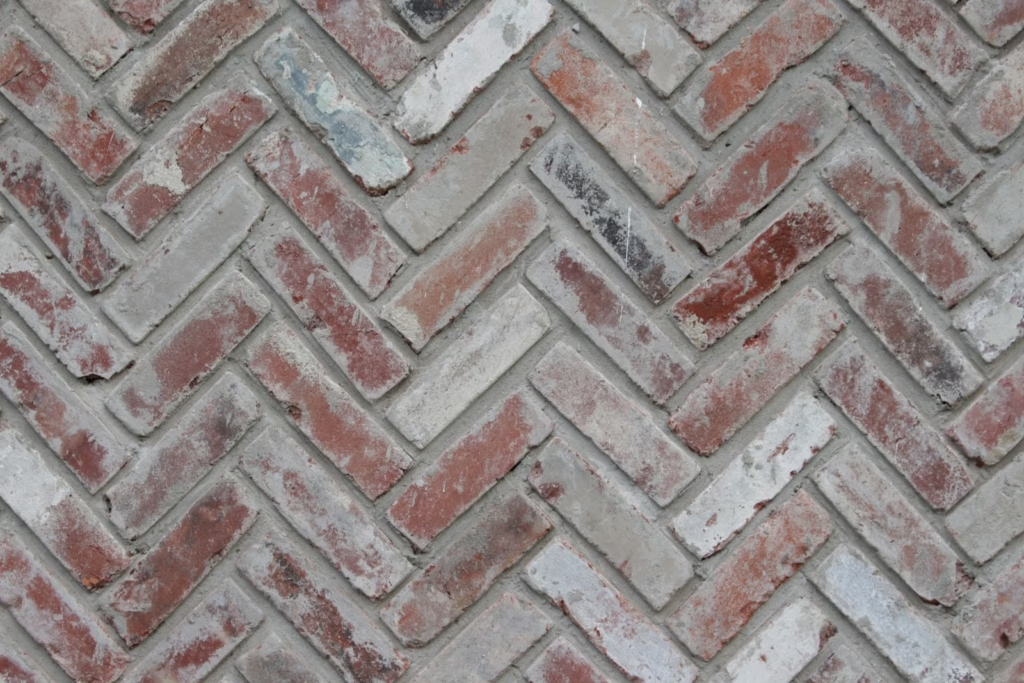Masonry work is a cornerstone of construction, involving the use of building blocks such as stones, bricks, and concrete. This method has stood the test of time, offering durability and structural integrity for a variety of applications. However, masonry demands a combination of physical, mental, and temporal resources. Without proper management of these demands, the risk of errors increases, potentially affecting safety, productivity, and the need for rework.
This article delves into the essentials of masonry work, focusing on stone and brick masonry, their supervision practices, and a comparison of their advantages and disadvantages to aid in material selection and construction planning.

Stone Masonry
Overview of Stone Masonry
Stone masonry involves the construction of structures using stones bonded with mortar. It is renowned for its strength and aesthetic appeal but is less popular today due to its high cost of transportation, skilled labor requirements, and the effort-intensive dressing process. Stone masonry also requires larger wall space compared to brick masonry, limiting its application in areas where space is a constraint.
Best Practices for Supervising Stone Masonry
Effective supervision is essential to ensure the durability and stability of stone masonry. Field supervisors should adhere to the following practices:
Material Selection:
- Use resilient, durable stones that are free from flaws such as cracks, cavities, and veins.
- Proper dressing of stones according to project requirements is crucial to ensure precision in construction.
Preparation of Stones:
- Stones should be adequately moistened before use to prevent excessive absorption of water from the mortar, which can compromise the bond.
Placement and Laying:
- Lay stones in their natural bed direction to ensure structural stability.
- Ensure neat alignment of facing and backing faces with a wooden template to maintain uniformity.
- Fill the heart of the masonry with stone chips and mortar to avoid voids.
Mortar Application:
- Use a mortar mix with appropriate proportions of sand and cement. Avoid thick mortar joints and prevent continuous vertical joints to reduce structural weaknesses.
Structural Integrity:
- Frequently check verticality using a plumb-bob.
- Plan height increments to avoid uneven masonry levels. Limit daily construction to maintain stability.
- Utilize flat stones beneath beams, trusses, and sills for load distribution.
Post-Construction Maintenance:
- Clean masonry constructed on the previous day to remove loose particles.
- Ensure continuous curing for at least two to three weeks to enhance the masonry’s strength.
Brick Masonry
Overview of Brick Masonry
Brick masonry employs bricks and mortar to construct structures. This method is widely used due to its affordability, ease of construction, and flexibility in design. Lime and cement mortars are commonly used for permanent structures, while mud mortar is suitable for temporary structures.
Best Practices for Supervising Brick Masonry
Proper supervision of brick masonry ensures quality and durability. Supervisors should follow these guidelines:
Brick Quality:
- Use high-quality bricks with uniform color, shape, and size. The bricks should be well-burnt for added strength.
Pre-Treatment of Bricks:
- Soak bricks in water for at least two hours before use to prevent them from absorbing water from the mortar.
Construction Practices:
- Always lay bricks with the frog (indented side) facing upwards.
- Begin construction from the ends or corners of the structure to establish a firm base.
- Use a plumb-bob frequently to ensure verticality and alignment.
Mortar and Joints:
- Ensure mortar mix adheres to specifications for strength and durability.
- Face joints should be recessed to a depth of 12–20 mm when the mortar is green for proper pointing or plastering. For walls without plastering, finish joints flush for a clean appearance.
Structural Elements:
- Embed holdfasts for doors and windows during construction.
- Avoid using excessive brickbats and ensure wall heights increase evenly (no more than 1.5 m/day).
Curing and Scaffolding:
- Provide continuous curing for at least two weeks to achieve desired strength.
- For higher brickwork, use single scaffolding to ensure worker safety and construction efficiency.
3. Comparing Brick Masonry and Stone Masonry
Advantages of Brick Masonry
Brick masonry offers numerous benefits over stone masonry, making it a popular choice for modern construction:
- Ease of Handling: Bricks are lightweight and uniform in size, reducing the need for skilled labor.
- Affordability: Their availability and lightweight properties lower transportation costs.
- Flexibility: Bricks allow for thinner walls and easier openings for doors and windows, simplifying construction.
- Reduced Dead Load: Lighter than stone, bricks decrease the overall load on the foundation.
- Better Resistance: Brick masonry provides superior fire and weather resistance.
Drawbacks of Brick Masonry
Despite its advantages, brick masonry has limitations:
- Lower Strength: Stone masonry outperforms bricks in terms of strength and durability.
- Higher Maintenance: Bricks often require plastering and regular maintenance, increasing costs.
- Moisture Susceptibility: Bricks absorb water, making them prone to moisture penetration.
- Design Constraints: Stone masonry offers greater flexibility for architectural creativity.
- Aesthetic Limitations: Stone masonry is often preferred for monumental buildings due to its visual appeal.
Masonry work, whether stone or brick, is a vital element of construction that demands careful planning, material selection, and skilled supervision. While stone masonry excels in strength and aesthetics, brick masonry offers versatility, cost-effectiveness, and ease of construction. Understanding the unique characteristics, benefits, and limitations of each type allows builders to choose the most appropriate method for their projects. Proper adherence to best practices in supervision and material handling ensures the creation of durable, safe, and efficient masonry structures.
